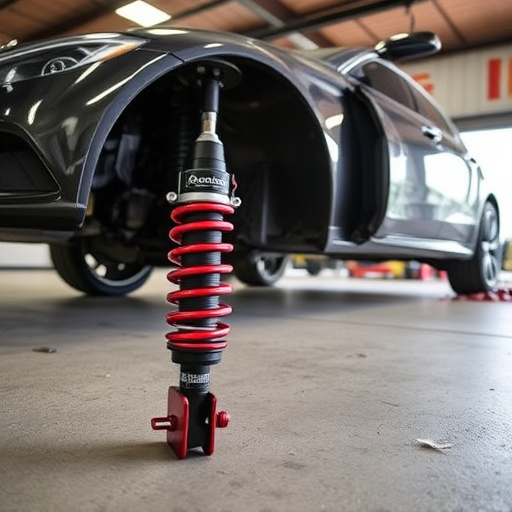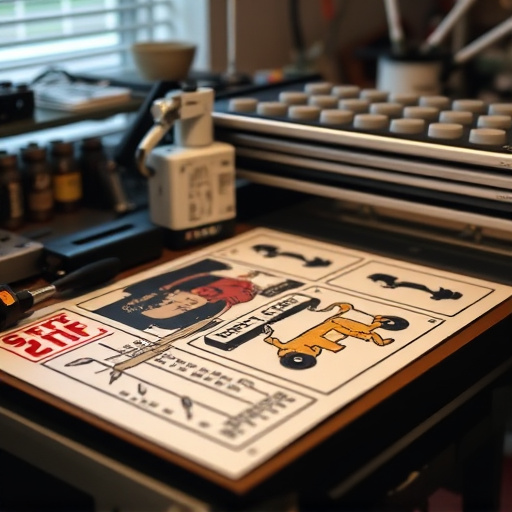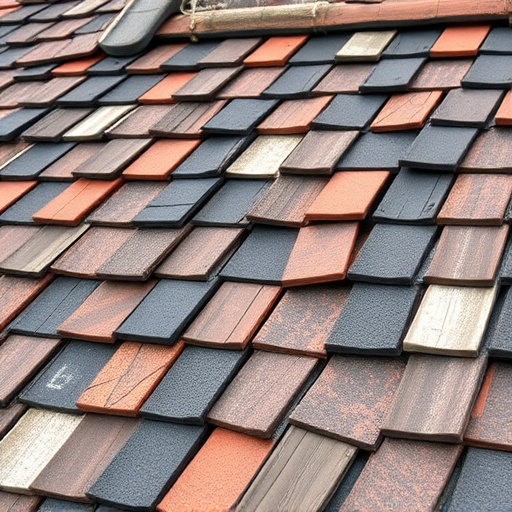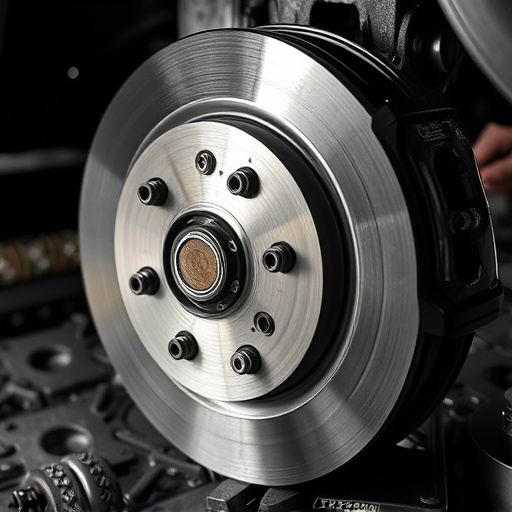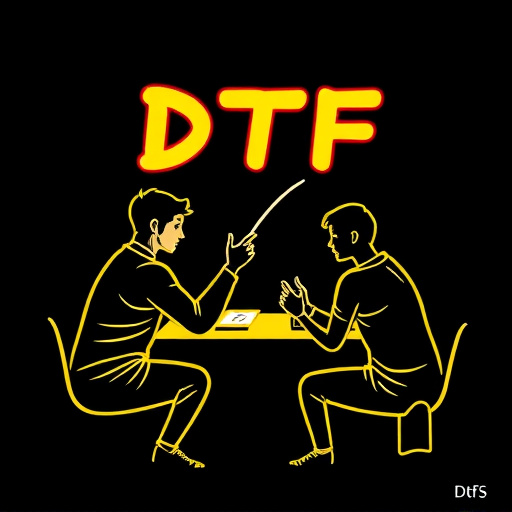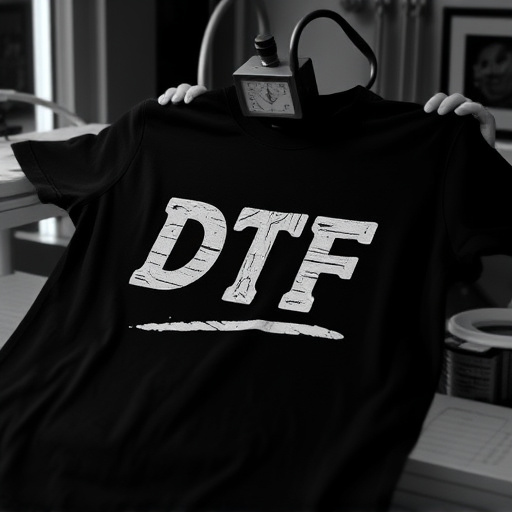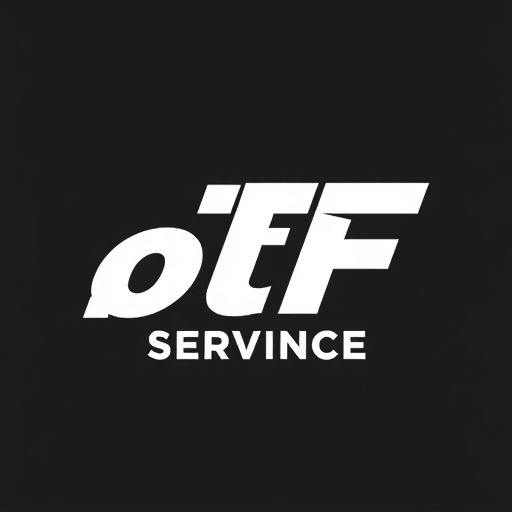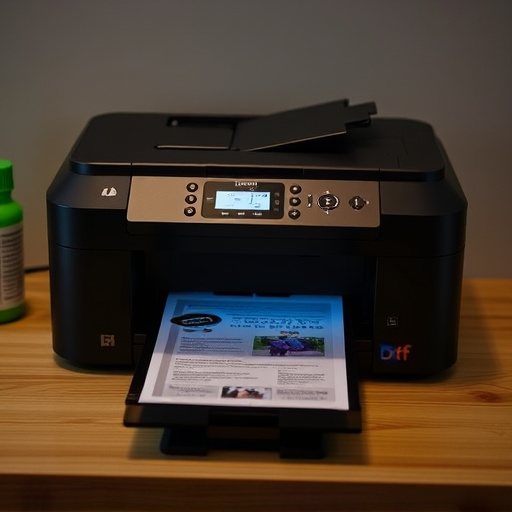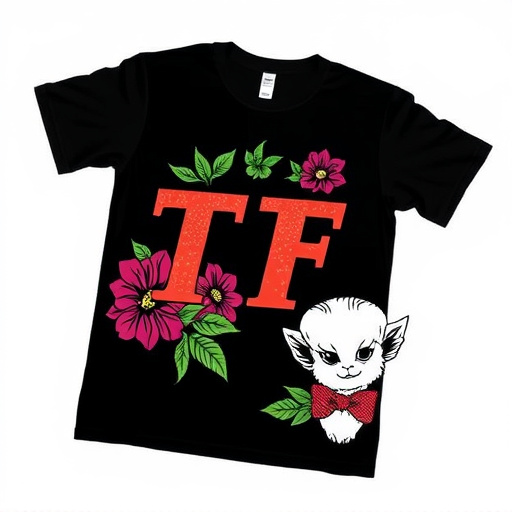Direct to Fabric (DTF) printing is an innovative method for creating personalized apparel, enabling designers to quickly bring their designs to life. The process involves printing custom artwork directly onto fabrics using specialized heat transfer paper. Choosing the right fabric, such as cotton, polyester blends, or linen, is crucial for achieving high-quality, durable DTF custom apparel. Smooth, tightly woven fabrics like 100% cotton enhance ink adhesion and crisp lines for intricate prints, while blends like 50/50 cotton-polyester offer durability and comfort for solid color areas. Pre-washing reduces shrinkage, and fabric weight determines design layering, with lighter fabrics for intricate layers and heavier ones for bold statements.
“Dive into the world of DTF custom apparel projects with our comprehensive guide! Direct to fabric (DTF) printing offers a vibrant and versatile way to create unique, personalized garments. Understanding the specific fabric requirements is key to achieving top-notch results. From identifying the best fabrics for DTF printing to offering expert tips on selection, this article equips you with the knowledge to bring your apparel designs to life. Discover the top 5 fabrics and master the art of choosing the perfect material for your custom creations.”
- Understanding Direct to Fabric (DTF) Printing and Its Fabric Requirements
- Top 5 Fabrics for DTF Custom Apparel Projects
- Tips for Choosing the Right Fabric for Your Design
Understanding Direct to Fabric (DTF) Printing and Its Fabric Requirements
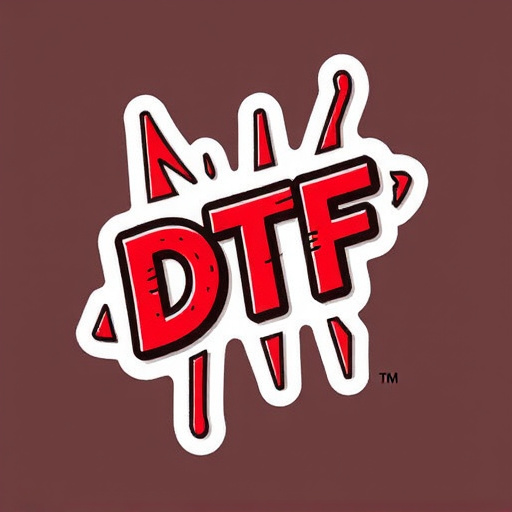
Direct to Fabric (DTF) printing is a cutting-edge technique that allows designers and creators to bring their apparel designs to life with remarkable precision and speed. It’s a process where custom artwork, text, or graphics are printed directly onto fabrics using specialized DTF heat transfer paper. This method has revolutionized the way we create personalized apparel, making it an exciting option for DTF custom apparel projects.
Understanding the fabric requirements is key when working with DTF printing. Different fabrics have varying properties that can impact print quality and adherence. For optimal results, it’s recommended to use smooth, flat surfaces like cotton, polyester blends, or linen. These natural fibers allow the ink to bond well, ensuring vibrant colors and crisp details. Additionally, using custom sheets for heat pressing designs onto garments is essential for a seamless finish, as it ensures the design adheres securely to the fabric during the heating process, utilizing a dtf heat transfer paper to achieve professional-grade results in your DTF custom apparel endeavors.
Top 5 Fabrics for DTF Custom Apparel Projects
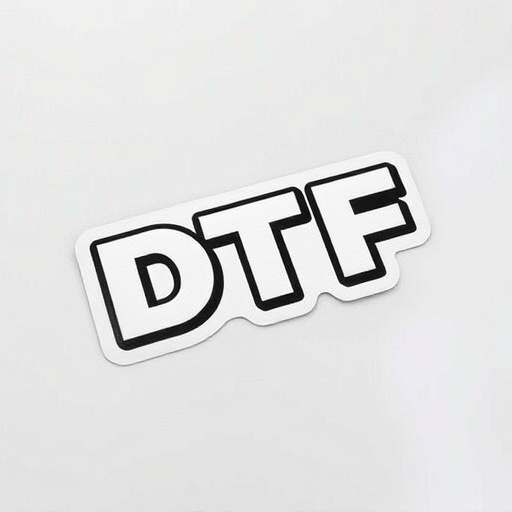
When it comes to DTF custom apparel projects, choosing the right fabric is key to achieving high-quality and durable results. The top 5 fabrics for this process offer a blend of comfort, style, and versatility that cater to various design needs. Firstly, cotton remains a timeless choice for its breathability and softness, making it ideal for direct to film personalized hoodies and T-shirts alike. Its natural properties ensure a comfortable fit, even after repeated washing.
Secondly, polyester is another popular option, especially when creating DTF for custom graphic tees. This synthetic fiber provides excellent durability and resistance to shrinking, making it perfect for activewear. Polyester also dries quickly, which is advantageous during the printing process. Thirdly, blended fabrics combining cotton and polyester offer the best of both worlds: enhanced durability from polyester and superior absorbency from cotton. These blends are suitable for a wide range of designs, ensuring both style and comfort. Furthermore, materials like rayon and linen add a touch of elegance and texture, perfect for those seeking unique, high-end custom apparel. Lastly, spandex fabrics provide exceptional stretch and flexibility, ideal for designing fitted garments or activewear with ease.
Tips for Choosing the Right Fabric for Your Design
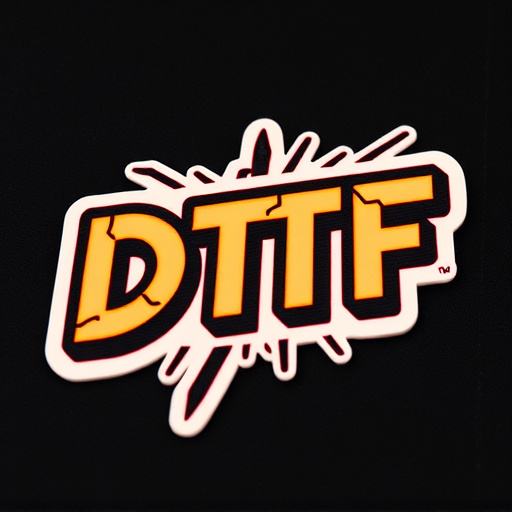
When selecting fabrics for DTF custom apparel projects, consider your design and intended use. For intricate DTF prints on complex designs, opt for smooth, tightly woven fabrics like 100% cotton or linen. These materials allow ink to adhere better, ensuring crisp lines and vibrant colors. For larger areas of solid color, a blend like 50/50 cotton-polyester can offer durability without compromising comfort.
Remember that the right fabric choice enhances both the aesthetic appeal and longevity of your DTF for t-shirts or custom t shirts. Pre-wash fabrics to eliminate shrinkage and consider weight; lighter fabrics are ideal for layering designs while heavier ones work best for simple, bold statements.
When embarking on DTF Custom Apparel projects, selecting the right fabric is key to achieving exceptional results. By understanding the unique requirements of direct-to-fabric printing and exploring our top fabric picks, you’re well-equipped to create vibrant, durable garments. Remember, the choice should align with your design vision, ensuring a seamless fusion of art and apparel. So, whether you’re a seasoned designer or just starting, this knowledge base will guide you in navigating the world of DTF Custom Apparel successfully.

